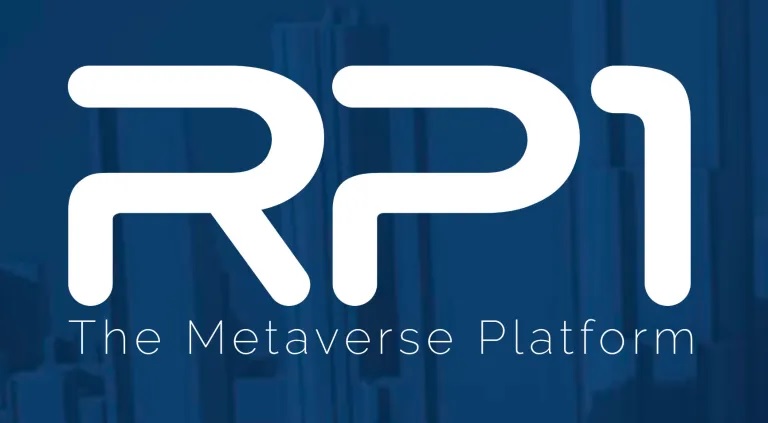
In General XR News
September 27, 2022 – RP1, a provider of technology that enables creators, designers and developers to deploy 3D immersive content in a real-time, persistent virtual world, without the need for sharding, has announced that it plans to demo its “shardless metaverse” platform, where it claims that 100,000 users will be able to connect in a land area of 20km² whilst playing multiple activities in the same experience. Furthermore, the company states that developers will be able to keep all of the revenue.
According to a recent briefing from The Immersive Wire, after showing an experience where 4,000 people were able to play together, RP1 now plans to take things further and demo a way for 100,000 users to play in the same experience.
According to Tom Ffiske, Editor at the Immersive Wire, in order for the macro-metaverse to grow, the fundamental infrastructure of spatial computing needs to be able to cope with thousands (and potentially millions) of people engaging together at the same time. Currently, most metaverse platforms cannot cope with hundreds of players, let alone thousands.
As an example, games such as Fortnite need multiple ‘shards’ to run multiple instances of a game. However, this means that not all players are in the same world or experience. This issue is also compounded due to the fact that games are so technical that the server load required to track scripted interactions is massive. This problem only scales further when including functionality such as 6DoF or hand tracking in virtual reality (VR).
RP1 claims that its platform is able to handle server loads more efficiently, allowing smaller servers to simulate multiple player actions and interactions at the same time, while including activities like chess, racing, and shopping. RP1’s solution also uses fewer servers, according to Ffiske, which makes the platform easier to scale.
“Currently you need tens of millions of dollars to build and deploy a game,” said Sean Mann, CEO of RP1. “Once you finish building the game, it takes you years to scale and you will need tens of thousands of servers to handle millions of users. With RP1 you focus on the front-end game programmed into RP1 and instantly you are able to scale to millions literally using one or two servers. This new paradigm will allow any individual to build games and experiences as easy as websites. Everything from full programming to low and no code, the system should be as easy as deploying TikTok videos.”
Currently, RP1 is demoing a 4,000-player experience with companies and key individuals, with a roadmap to expand in 2023. The demos use bots in each instance, which simulate players performing random actions and show the pressure on GPUs. RP1 stated that its current demo can support more than 4,000 users with full-fidelity avatars (6-DOF, facial expressions, hand and finger tracking, inverse kinematics). The experience, which is provided via WebXR, does not require anything to install or pre-download. Everything is streamed on demand, and users are able to roam around a 1 square km city. The company also added that all of this runs on one individual server (which the company states is more than six years old).
Commenting on the 4,000 player demo, Ffiske stated: “The demo worked smoothly, and I was surprised at how easy it was to hop in and wander around. The same goes with short-term showcases; 100,000 bots will be used to show how a minimal number of servers are required.
The company’s next demo will apparently feature everything from the first demo, but with improved graphics, improved avatars, more users, and a much bigger city. No longer constrained by a single machine, the next iteration will use (approx.) 24 servers to provide a seamless 20 square km city for more than 100,000 concurrent users.
Once live, the RP1 team will work with collaborative developers to roll out experiences using the platform. Additionally, RP1 will take no revenue from developers, and developers will own their own data.
For the full briefing from The Immersive Wire, click here. To learn more about RP1 and its shardless metaverse platform, please visit the company’s website.
Image credit: RP1
About the author
Sam is the Founder and Managing Editor of Auganix. With a background in research and report writing, he has been covering XR industry news for the past seven years.
